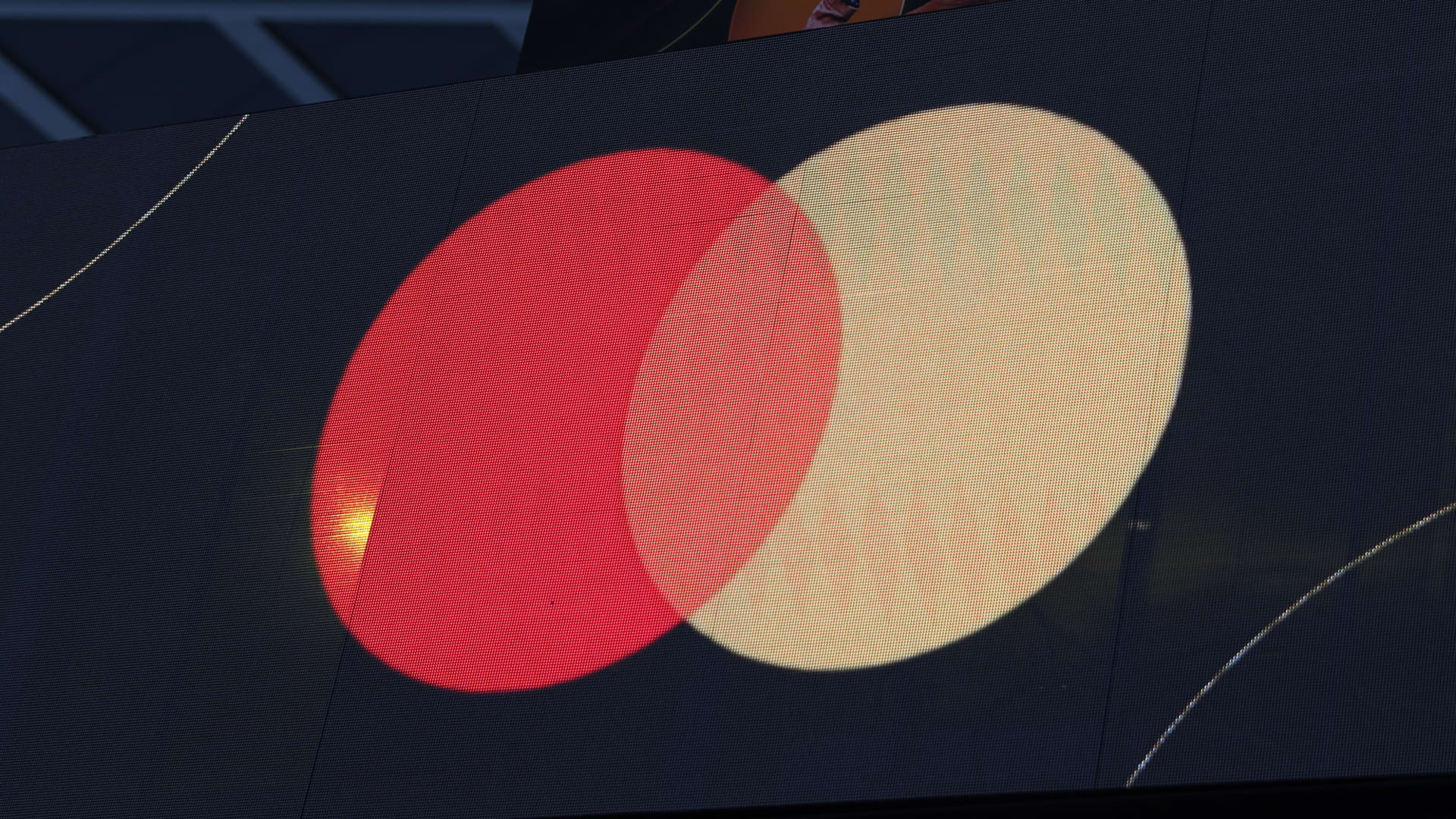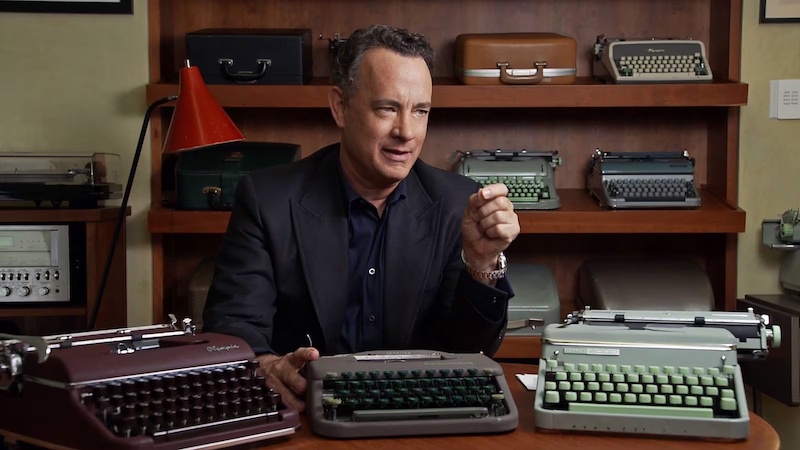 Dedicated fans of Sammy Harkham have been reading versions of his debut graphic novel, Blood of the Virgin, for nearly a decade. Everything Together, the award-winning collection of Harkham’s early stories and strips, won a variety of industry awards in 2012, and in the years since he’s been the unspoken young cartoonist to watch. Between Crickets, his long-running solo comic, and Kramers Ergot, the premier alt-comics anthology of the 2000s, Harkham has built a career in making comics on his own terms, workshopping his first novel-length work chapter by chapter with his most dedicated, small-press-reading fans.
Dedicated fans of Sammy Harkham have been reading versions of his debut graphic novel, Blood of the Virgin, for nearly a decade. Everything Together, the award-winning collection of Harkham’s early stories and strips, won a variety of industry awards in 2012, and in the years since he’s been the unspoken young cartoonist to watch. Between Crickets, his long-running solo comic, and Kramers Ergot, the premier alt-comics anthology of the 2000s, Harkham has built a career in making comics on his own terms, workshopping his first novel-length work chapter by chapter with his most dedicated, small-press-reading fans.
Blood of the Virgin, out today from Pantheon, seamlessly translates what made Harkham’s short work click—the genre-mash ups, the humor, the improvisational page design—into what fans already know will be one of the decade’s biggest graphic novels. Following an Iraqi-Jewish film editor in the transformative era of 1970s Hollywood, Harkham digs deep into questions of identity, artistic integrity, and a marriage falling apart.
I talked with Harkham in the weeks leading up to his debut’s release, a conversation that ranged in topics from the serialization process to the legacy of Jewish cartoonists all the way to the state of American comics and where, in his mind, Blood of the Virgin fits into it.
Martin Dolan: How has it been serializing chapters of this book for almost as long as you’ve been working on it? Does incremental feedback from fans of Crickets and Kramers Ergot make the task of working on a decade-long project more or less daunting?
Sammy Harkham: The benefit of slow serialization is that it distracted me from overthinking the whole while keeping me focused on the individual chapters, making them satisfying unto themselves for both the reader who has waited years for the latest installment and the casual reader jumping in on a story in the middle. All of this makes for a better novel, since you are never relying on things later saving you. You try to make every single moment work as best you can.
MD: To what extent did the serialized versions of these chapters get changed for the final version of the book? Were there any sections where you redrew panels or made small edits to the narrative? Looking back at the final book, was going into the narrative unscripted as freeing as you’d hoped, or were there unforeseen complications later on in the process?
SH: I actually had not reread any of it since drawing it, so I was surprised how well the story held up when I went back to page one for the book. I would adjust a word here and there for clarity. I cleaned up the artwork but didn’t redraw anything from scratch. I tweaked the second color more than anything else, since that was a subtle space to unify the artwork without betraying what it was as a serialized work—I want the book to work for both new and old readers. There were no narrative or thematic complications, probably because I worked slowly and deliberately. It was more akin to building a wall out of handmade bricks one row at a time, where each piece counts and is a huge pain in the ass.

MD: Since this is your first full-length graphic novel, how would you say the process has differed from the short work—both as a cartoonist and in a curatorial editor’s role—that you were known for earlier in your career? Are there any lessons from your work on Kramers that instructed how you approached the novel-length story?
SH: In many ways it’s the same process. I don’t write a script beforehand; I have some notions both micro and macro and work on a single scene to completion, and that scene leads to whatever comes next. With the novel, I had the overall seven-chapter structure in place from the beginning, inherent in the initial spark of the idea, so there was no anxiety about the length once I committed to it. It was kind of like looking at a map of a country and knowing you are going to walk from end of it to the other and it will take you years. I focused on what was in front of me on the day, and I was lucky that it was the kind of story that could contain everything I had in me.
MD: Especially in the early chapters of the book, you depict the dysfunction of these movies with an eye that seems equally critical of and enamored by the drama on set. I know you’re from LA, but is there a particular reason you chose this specific era of Hollywood to dive into?
SH: 1971 is a hinge moment in American culture in general, and specifically in cinema. The double fallout from the success of both Easy Rider in ‘69 and Night of the Living Dead in ‘68 led to the opening of the studio gates to younger filmmakers and riskier films, as well as huge independent opportunities. All this was in bloom by ‘71, arguably one of the greatest single years in cinema ever. It was a golden moment. Within a few years, though, the studios would tighten the reigns, become more conservative, more beholden to shareholders. Aesthetic forms within genre films would become more fixed, and many of the independents would fold or be absorbed as the seventies wore on. The novel takes place at the end of ‘71 and into the start of ‘72, suggesting the protagonist is already “too late.” On top of all that, this is also an era when you still have every previous film generation still around working or wanting to work.
MD: Comics, alternative or otherwise, have a long lineage of strong Jewish characters and cartoonists alike. Why did you think it was important for you to tell your own version of this story, albeit with a unique, ‘70s Hollywood twist?
SH: The tension inherent in a strong willed Iraqi Jewish immigrant whose core values clash with an industry that actively discourages those exact values was a good narrative spark plug to explore all the questions that clash suggests: art vs. commerce vs. happiness vs. meaning. I come from an immigrant Iraqi family, so it felt natural to use my own history to play with the ideas that lead logically to further branches on the same thematic tree: masculinity, promiscuity, heritage, ambition, nostalgia, self-loathing, parenthood, coming to terms with the fact that however well you know someone you never really know them, that there is mystery even in the people you spend decades with, the feeling that we live our daily lives balanced precariously on the brink of breakdown. It’s all personal.
MD: Many of the cartoonists you “came up” with working on Kramers and other projects have a very different narrative style than yours. To what extent do your contemporaries inspire and/or challenge you? How do you think Blood of the Virgin and the rest of your work fits into the rest of the American “literary” comics scene?

 SH: When I was a teenager in the mid to late ‘90s, the big goal, as expressed by all the cartoonists I looked up to, was for comics to become a more long-form literary medium. At this time, you had a dozen or so truly great cartoonists doing work through comic books so their audience was severely limited and was somewhat outcast in the wider world. The first spark of this turning was in 2000 when Chris Ware’s Jimmy Corrigan and Daniel Clowes’s David Boring came out from Pantheon. So, the idea of a long novelistic comic that held to a standard of the best prose fiction, of literature, for adults, was planted in my brain early on and was a goal. I wanted to see that and I wanted to try to make that. And I think many other young cartoonists were turned on along with me, and many of them are fantastic cartoonists making great graphic novels. That said, I actually think the pining of that time was misplaced. All the cartoonists who abandoned the serial format ironically never did their best work once they moved exclusively to books. Something was lost. So it’s not about length, ultimately, that gives a work strength. The best comic of last year was Detention #2 by Tim Hensley, a 48-page comic book. The standard I set for myself is to assume the reader is smarter than me, is a deeper reader than me, and I need to bring all I got to the table. Everything. How I fit into the wider “scene” is not something I think about. As I get older, the best way for me to work is to assume I’m already dead.
SH: When I was a teenager in the mid to late ‘90s, the big goal, as expressed by all the cartoonists I looked up to, was for comics to become a more long-form literary medium. At this time, you had a dozen or so truly great cartoonists doing work through comic books so their audience was severely limited and was somewhat outcast in the wider world. The first spark of this turning was in 2000 when Chris Ware’s Jimmy Corrigan and Daniel Clowes’s David Boring came out from Pantheon. So, the idea of a long novelistic comic that held to a standard of the best prose fiction, of literature, for adults, was planted in my brain early on and was a goal. I wanted to see that and I wanted to try to make that. And I think many other young cartoonists were turned on along with me, and many of them are fantastic cartoonists making great graphic novels. That said, I actually think the pining of that time was misplaced. All the cartoonists who abandoned the serial format ironically never did their best work once they moved exclusively to books. Something was lost. So it’s not about length, ultimately, that gives a work strength. The best comic of last year was Detention #2 by Tim Hensley, a 48-page comic book. The standard I set for myself is to assume the reader is smarter than me, is a deeper reader than me, and I need to bring all I got to the table. Everything. How I fit into the wider “scene” is not something I think about. As I get older, the best way for me to work is to assume I’m already dead.


























































